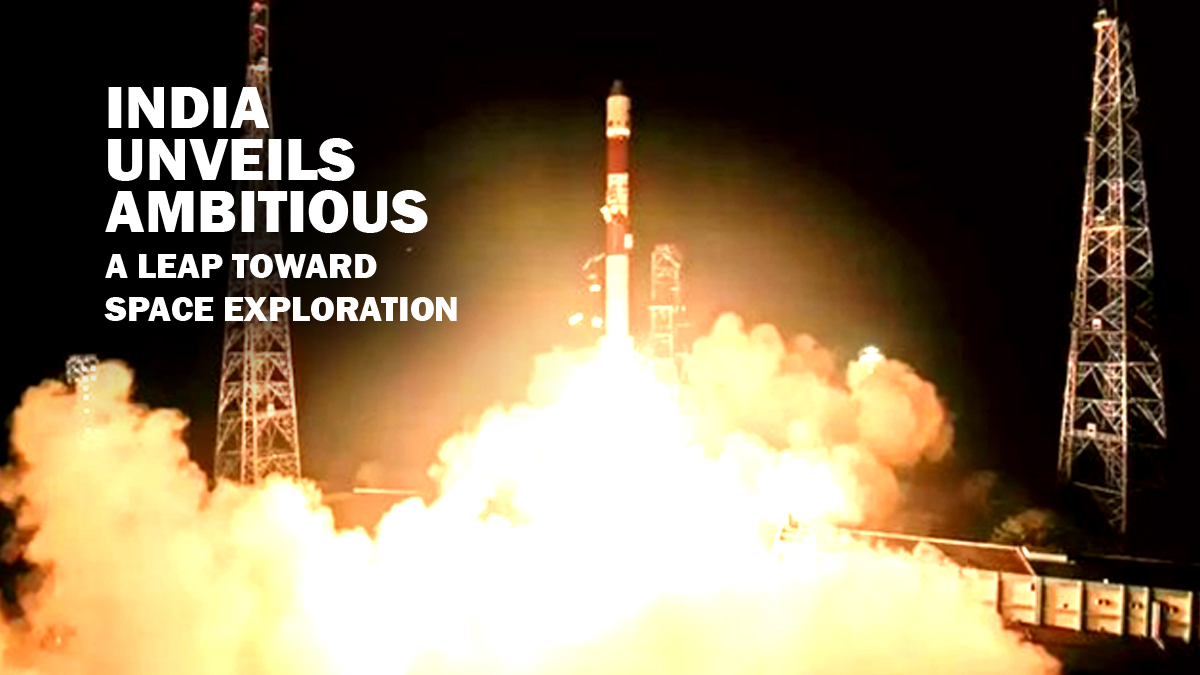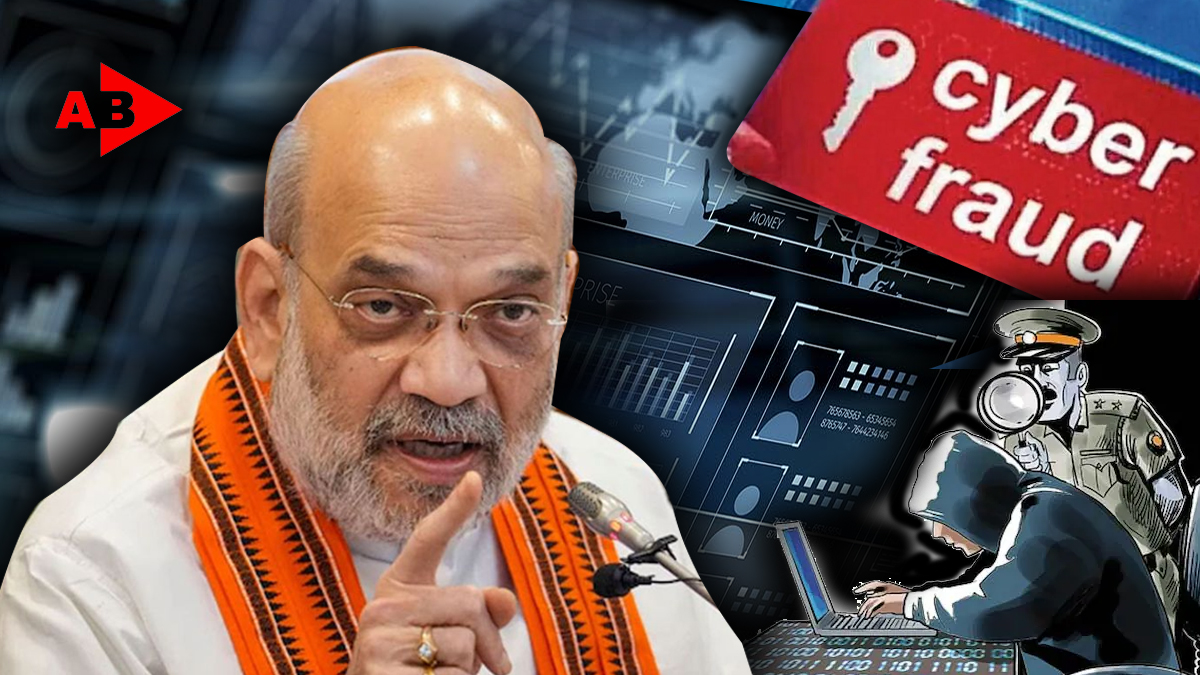
How to Understand Modi’s Space Launch Strategies
Arjoon Roy, AB News, New Delhi: In a pivotal move to bolster India’s space exploration initiatives, Union Minister Ashwini Vaishnaw announced that the Union Cabinet, led by Prime Minister Narendra Modi, has approved the establishment of a Third Launch Pad (TLP) at the Satish Dhawan Space Centre in Sriharikota, Andhra Pradesh. This project is expected to greatly enhance the country’s space launch capabilities, supporting the ambitious objectives of the crewed ‘Gaganyaan’ mission, the development of a space station, and future lunar missions.
Project Overview
The Third Launch Pad will provide essential infrastructure for the Indian Space Research Organisation’s (ISRO) Next Generation Launch Vehicles (NGLVs) and serve as a backup for the existing Second Launch Pad (SLP). This new facility will enable the launch of heavy spacecraft, capable of placing payloads of up to 30,000 tons into low Earth orbit, a vast improvement over the current payload capacity of 8,000 tons. As India aims for increased launch frequency and advanced human spaceflight initiatives, the TLP is pivotal for future missions and broader participation in the global space economy.
Implementation Strategy
To maximize industrial collaboration, the TLP will be designed with a flexible and adaptable configuration. It will support multiple rocket types, including the LVM3, featuring its semi-cryogenic stage and upcoming configurations of NGLVs. By leveraging ISRO’s extensive expertise from previous launch pad developments, the project aims for efficient execution and resource optimization. Completion of the TLP is targeted within four years, or approximately 48 months.
Financial Investment and Economic Impact
The total investment for this major project is estimated at ₹3,985 crore. This significant funding underscores the government’s commitment to enhancing India’s strategic capabilities in space exploration. The establishment of the TLP is expected to bolster the Indian space ecosystem by increasing launch frequency, expanding national capacity for human spaceflight, and stimulating economic growth through job creation across multiple sectors.
Historical Context and Need for Expansion
India’s current space transportation capabilities rely heavily on two launch pads: the First Launch Pad (FLP), in operation for 30 years, which supports PSLV missions, and the Second Launch Pad (SLP), functioning for nearly 20 years and primarily used for GSLV and LVM3 missions. Notably, the SLP has played a crucial role in recent missions, including Chandrayaan-3. With aspirations to build a Bharatiya Antariksh Station by 2035 and to conduct crewed lunar missions by 2040, India’s existing infrastructure demonstrates the necessity for expansion. The TLP will ensure the capacity to handle more frequent and heavier launches over the next 25-30 years.
A New Era in Space Exploration
The approval of the Third Launch Pad symbolizes a transformative leap for India’s space aspirations. By enhancing its capability to conduct more complex and regular space missions, India is poised to emerge as a critical player in the global space race. Beyond mere infrastructure, the establishment of the TLP marks the dawn of a new era of scientific exploration and discovery, reinforcing India’s status as an emerging power in the realm of space.


